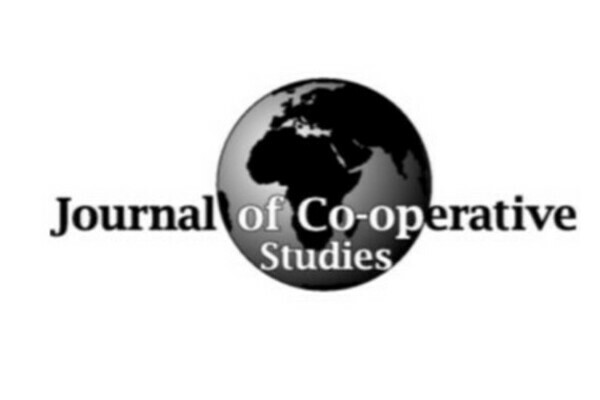Journal of Co-operative Studies, 34(2) - No. 102
Editorial
James Bell, p. 75
Bell (2001). Editorial - PDF
Short articles
Rural Co-operation (Plunkett Foundation): A review of competition provisions of the Treaty of the European Union and national legislation and how these impact upon the development of agricultural co-operativse and their structures.
Leif Erland Nielsen, pp. 77-93
Bob Allan, pp. 94-105
Job creation in an aging society.
Masao Ohya, pp. 106-111
Moscow to Beijing: The co-operative way.
Rowland Dale, pp. 112-116
Peer reviewed articles
Katarina Friberg, pp. 117-140
Bank size, mutuality and market success of German co-operative banks.
Christian Kammlott and Dirk Schiereck, pp. 141-154
Book review
The matriarchs of England’s co-operative movement. By Barbara J Blaszac.
Reviewed by Rita Rhodes, pp. 155-156.










